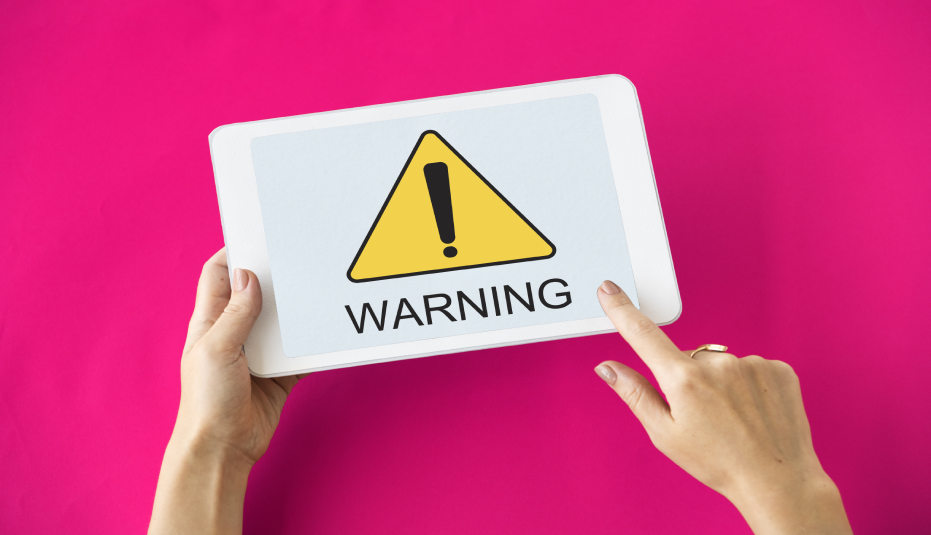Users of Twitter will soon notice new safety warnings on fraudulent and misleading messages, which have been revamped to be more efficient and less confusing.
The labels, which the business has been evaluating since July, are an upgrade to those previously used by Twitter to spread electoral disinformation leading up to and during the 2020 presidential election. These labels have come under fire for failing to deter individuals from sharing apparent lies.
The revamp, which goes live globally, aims to make them more helpful and noticeable, among other things.
See also: Best Buy acquires U.K. Company Current Health
An Overview of The Labels
According to experts, such labels, which are also employed by Facebook, might be beneficial to consumers. However, they may also enable social media companies to avoid the harder task of content moderation, which involves determining whether or not to delete posts, photographs, and videos that promote conspiracies and lies.
Twitter categorizes disinformation into three categories: "manipulated media," which includes films and audio that have been deliberately changed in ways that might cause real-world damage; election and voting-related misinformation; and incorrect or misleading COVID-19 tweets.
The Design
The new designs are using orange and red to design the labels to stand out as much as the earlier version, which was blue as well as blended with Twitter's color system. While this may be beneficial, Twitter said that if a label is just too eye-catching, it results in an increase in retweets and replies to the original tweet.
Twitter said Tuesday that the revised labels increased the "click-through rate" by 17%, indicating that more users read the material refuting incorrect or misleading messages after clicking on the updated labels.
The new labels — with an orange emblem and the phrases "stay informed" — were much less inclined to be retweeted or appreciated than the original ones.
Tweets that contain more significant misinformation — for example, one that claims vaccinations cause autism — will be labeled with a heavier label, including the term "misleading" and a red exclamation point. There will be no option to react, like, or retweet these tweets.
Subscribe to Whitepapers.online to learn about new updates and changes made by tech giants that affect health, marketing, business, and other fields.
Featured image: Technology photo created by rawpixel.com - www.freepik.com

